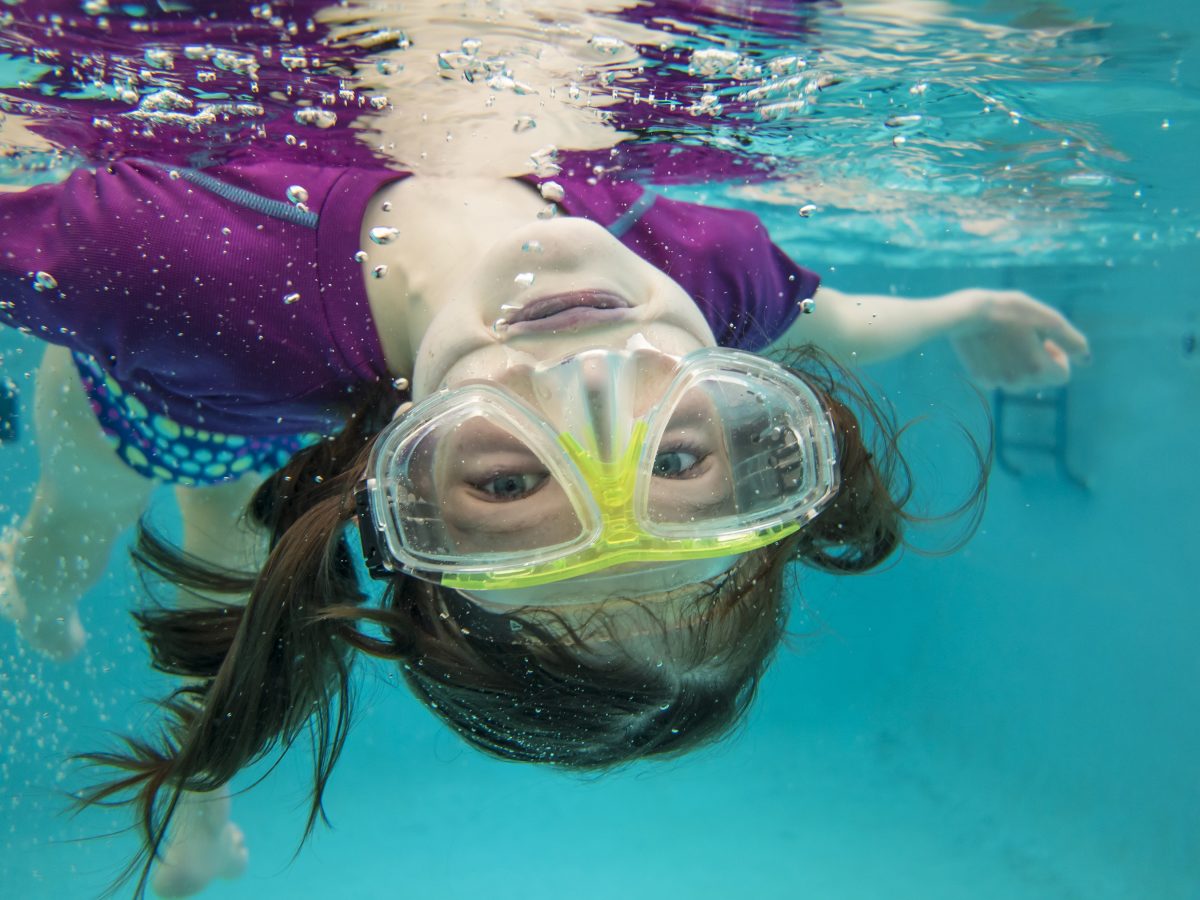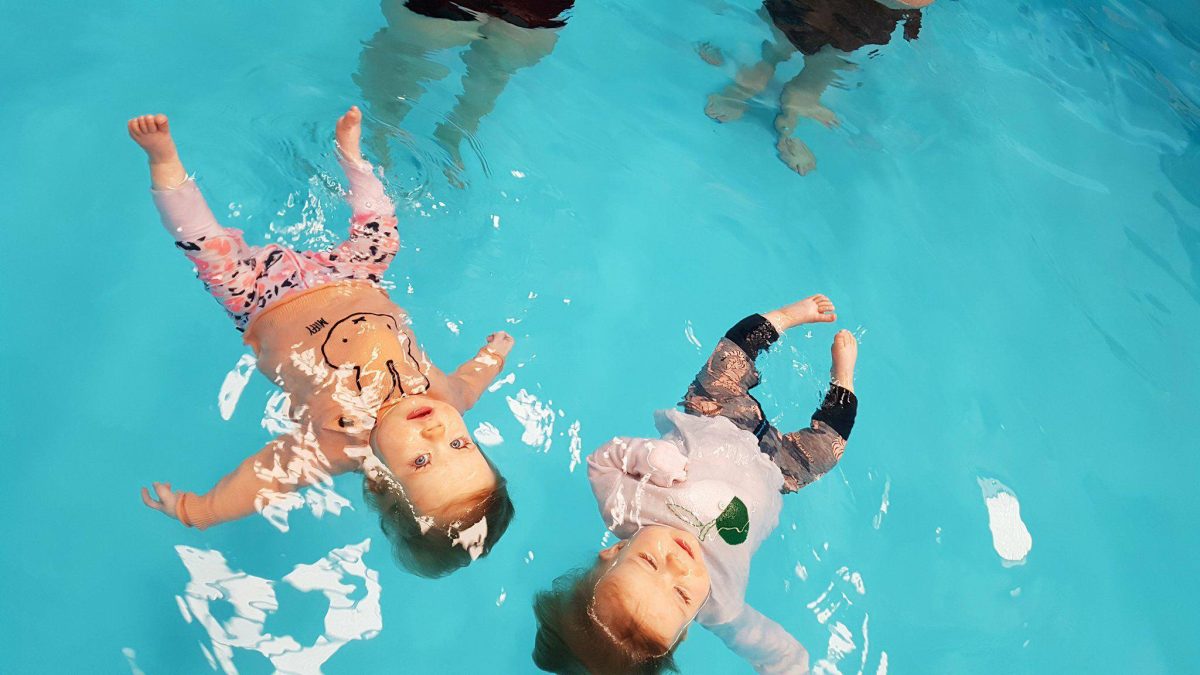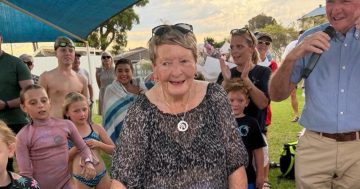
Families are set to flock to the water this summer and it’s important to stay vigilant. Photo: wollwerth.
Swimming, splashing or sitting by the sea are set to be go-to affordable activities for the whole family this summer, but while Illawarriors enjoy the luxuries of their coastal towns, it’s vital to take important precautions to ensure kids are kept safe in this potentially deadly environment.
It takes just 20 seconds and a few centimetres of water for a child to drown, with the Royal Life Saving National Drowning Report recording 29 Australian kids under the age of 15 lost their lives in the water in 2023/24.
CPR Kids founder Sarah Hunstead said the horrific event could be silent and occur alarmingly fast.
“Somebody that is drowning can’t call for help; they can’t wave their arms around and let you know that they’re drowning,” she said. “It’s not all of that big, huge noise that you see in the movies.
“Children can often drown in a situation where there are adults just metres away.”
She said preventing disaster was about paying extremely close attention and avoiding distraction.
“We might be sitting around the pool or beach but we might be on our phone, we might be having a conversation with someone else and think that we’re watching the kids, but active supervision means that you have got eyes on them at all times and depending on their age it may even be that they are within arm’s reach,” Sarah said.
“Say there’s a barbecue at someone’s house and there’s a pool and a whole lot of kids; what’s really important is to allocate a pool watcher so that person’s only job is to watch all of the kids there. They’re not being distracted; they’re not having conversations with other people, and then after their 15 minutes or so they can tap out and swap over with another responsible adult.”
Keeping an eye on your kids in the water can also be made easier by the choice of swimsuit.
“So many of the swimming costumes are blue or colours that don’t really enable them to be seen under the water; they can just blend in,” Sarah said.
“Wearing a colour, particularly a bright colour – fluros and neons – can really help you to spot your child in the water or even at a busy beach as well.”
Pool toys also come with their own risk.
Royal Life Saving Australia warns that if left out, toys can attract the attention of children who may try to get through or over a fence and risk falling in. The group urges people to store them out of sight and reach of children when they’re not in use.
Buckets, bathtubs, Eskys, water fountains, fishponds, drains, inflatable pools, water tanks and even pet bowls also pose a significant drowning risk for younger children, so they should be emptied, covered and put away.
Kids Aquatic Survival School co-owner Rachelle Beesley cautioned that inflatables and even floaties could also be dangerous for weaker swimmers or kids who were not ready to be independent in the water without them.
“It just gives them a false sense of security,” Rachelle said. “Yes, it may make them more comfortable in the water because they’re buoyant, but if they become reliant on them it’s a recipe for disaster.
“It’s like getting a kid comfortable to cross a road but not show them how to do it.”
She said constant use of floatation devices also taught children to get into the wrong body position to allow them to float or swim.
“When they have floaties on, either a back floater or armbands, it lifts their head up out of the water so they can breathe but it drops their body so it’s in a vertical position,” she said. “So when they fall into the water they naturally adopt that position because last time they could breathe, but they don’t have their floaties on and they sink like a rock.”

Children as young as six months learn to float at Kids Aquatic Swim Survival classes. Photo: Kids Aquatic Swim Survival.
With the most common cause of drowning for children 14 years and under being an unintentional fall into water, Rachelle’s school focuses on equipping children from 6 months to 6 years old with the skills needed to survive if they were to find themselves in a body of water without floatation devices or a parent supporting them.
“To keep kids safe they really need to learn how to float independently,” Rachelle said.
“They have to learn how to save themselves.
“We like to give them the skill and with the skill comes the confidence; if you give a child confidence in a deadly environment without skill, that’s a recipe for disaster because they’re overconfident, they think they’re invincible, they jump or fall into the water and they have no idea what to do.”
She said conventional swimming lessons often focused on familiarisation in the water, and didn’t translate into lifesaving skills at an early age.
“Learning a nursery rhyme is not going to save their lives, it’s just going to get them comfortable and used to the water,” Rachelle said.
“We teach them how to float, how to maintain a float and how to do a swim and float to get out of the water, if they can’t simply pull themselves out of the edge.”
Each water environment comes with its own challenges with different skills and awareness needed, with resources available on the Royal Life Saving Society or Surf Life Saving’s Beachsafe websites.
While prevention is always preferable, knowing how to act in an emergency can save a person’s life.
“CPR is one of those skills that we all know that we need to learn but life gets in the way,” Sarah said.
“What someone does in those minutes before the ambulance gets there can absolutely impact on that person’s outcome.”
CPR Kids holds classes at Figtree Private Hospital and online, with other providers also providing classes aimed at how to care for adults.
While Sarah urged people to act now to get certified, she said any attempt at CPR was better than none.
“Even if you’re not sure, if you can get on the phone and the ambulance officer can talk through what to do, that’s absolutely better than doing nothing at all,” she said.
“However, being confident to do good, effective CPR in an emergency is so important.
“So how do we get that confidence? It’s about going and doing that CPR course and practising and renewing it, that’s how you build up the confidence to act calmly and confident in an emergency.”
Baby and child CPR and first aid classes can be booked through the CPR Kids website.
To find out more or to register your child for swim survival classes, visit the Kids Aquatic Swim Survival School website.
















